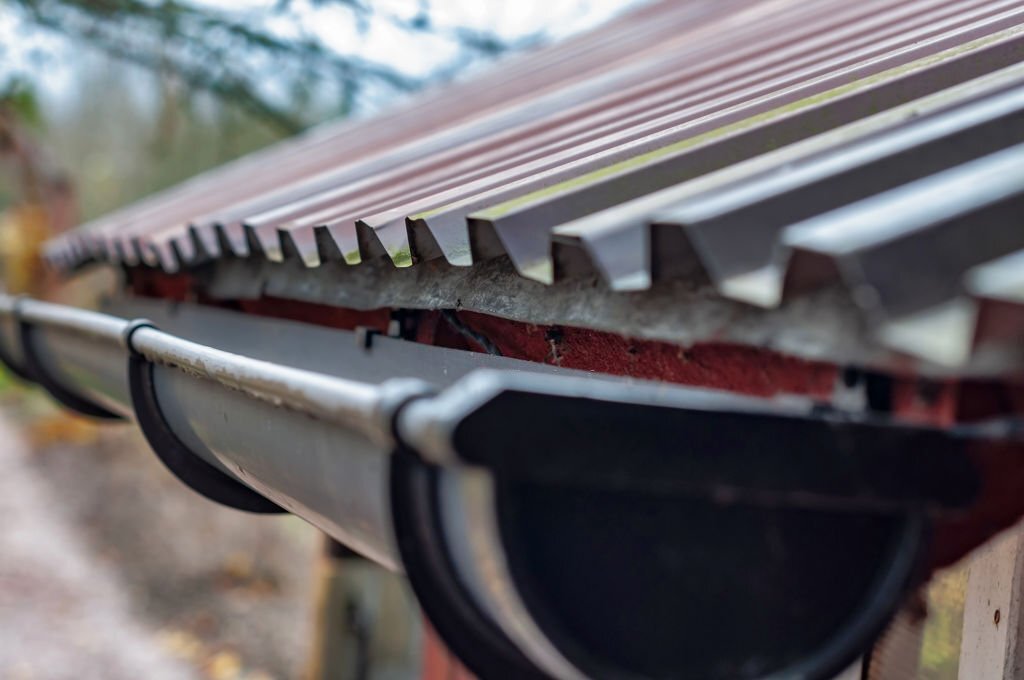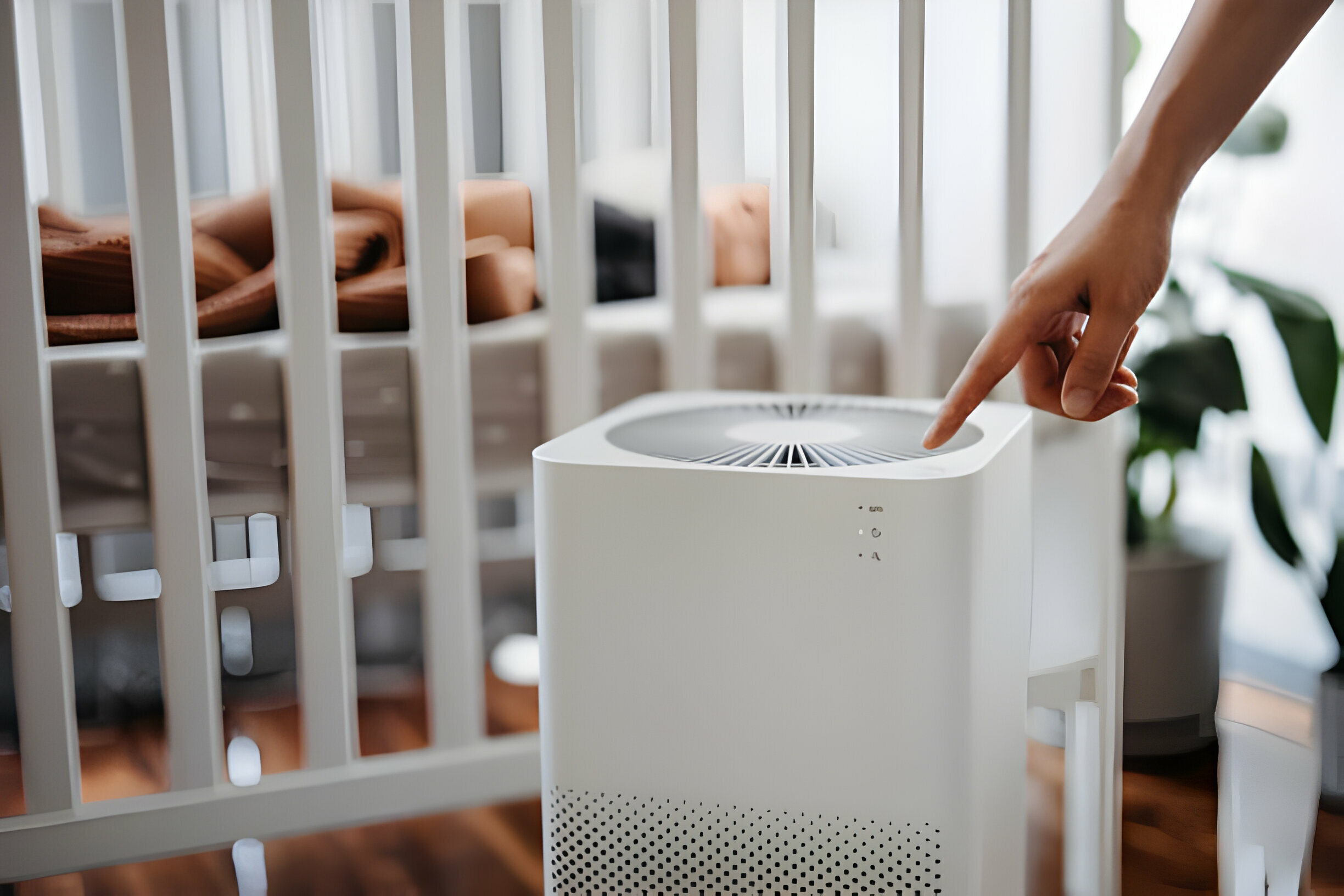How Long Can A House Go Without Gutters?
- The Role of Gutters
- Factors Affecting the Duration without Gutters
- What Happens to a House Without a Gutter System?
- How Long Can a House Go Without Gutters?
- What Are The Types Of Gutters To Fit Your Home?
- Signs Indicating the Need for Gutters
- Preventive Measures And Gutter Options
- How Much Do Gutters Repair Cost?
- FAQs
- Conclusion
Maintaining a house involves a multitude of considerations, and one often overlooked aspect is the presence of gutters. These unassuming components play a crucial role in safeguarding a home from water damage caused by rain. However, circumstances may arise where homeowners find themselves without gutters, whether due to oversight, damage, or intentional removal. In such cases, understanding the potential consequences and the duration a house can go without gutters becomes essential.
This article aims to answer the question: How long can a house go without gutters? Homeowners will gain valuable insights into this pertinent issue by delving into the functions and significance of gutters, examining various factors that influence their necessity, and exploring the potential risks associated with their absence.
The Role of Gutters
Gutters are pivotal in managing rainwater and protecting a house from potential water damage. When rain falls on the roof, gutters collect and channel the water away from the structure, preventing it from seeping into the foundation, walls, or roof. By directing the water flow, gutters effectively mitigate the risks of soil erosion, landscape damage, and basement flooding.
They help maintain the structural integrity of a home by preventing water from pooling near the foundation, which can lead to costly foundation repairs. Additionally, gutters safeguard the house’s exterior by minimizing water contact and reducing the likelihood of paint or siding deterioration. Overall, gutters are indispensable in preserving a home’s longevity and protecting it from the potential ravages of water damage.
Factors Affecting the Duration without Gutters
Factors affecting house gutter duration determine urgency and potential risks; understanding these helps homeowners make informed decisions.
- Climate considerations: The climate of the region where the house is located plays a crucial role in determining the impact of lacking gutters. High rainfall areas with frequent storms and heavy downpours pose a greater risk of water damage to the house. In such regions, the absence of gutters can lead to faster and more severe consequences.
- Roof characteristics: The design and characteristics of the roof influence the importance of gutters. The roof’s pitch and slope determine how quickly rainwater flows off the surface. Steeper roofs with excellent pitch tend to shed water more efficiently, reducing the immediate need for gutters. Conversely, roofs with low slopes or flat roofs are more prone to water accumulation, necessitating the presence of gutters. The presence of overhangs and eaves can also affect the level of protection gutters provide.
- Landscaping and grading: The topography and grading of the property can impact the duration without gutters. Houses on sloping terrain face a higher risk of water runoff, especially if proper grading is not in place. Inadequate grading can cause water to accumulate near the foundation, leading to potential damage. Therefore, the absence of gutters can result in quicker and more severe consequences.
- Proximity to trees: The house’s proximity to trees can influence the necessity of gutters. Trees shed leaves, twigs, and other debris, which can accumulate in gutters and cause clogs. If the house is located near a dense tree population, the absence of gutters can result in faster and more frequent clogging issues, compromising the efficient management of rainwater.
What Happens to a House Without a Gutter System?
The absence of a gutter system can lead to a range of issues that can significantly impact the integrity and well-being of a house. Understanding these potential consequences underscores the importance of having properly functioning gutters in place.
- Water damage to the foundation: It can pool near the house’s foundation without gutters to collect and redirect rainwater. Over time, this standing water can seep into the foundation, causing it to weaken and potentially crack. Water damage to the foundation can lead to structural instability and costly repairs.
- Structural damage to the walls and roof: When rainwater is not effectively channeled away from the house, it can saturate the walls and roof. Over time, this moisture can penetrate the materials, leading to rot, mold growth, and deterioration. Structural damage can compromise the stability of the house and necessitate extensive repairs.
- Basement flooding and moisture issues: In the absence of gutters, rainwater can accumulate around the foundation, increasing the risk of basement flooding. Excessive moisture in the basement can grow mold, damage stored belongings, and create an unhealthy living environment.
- Landscape erosion and damage: Without gutters to manage the flow of rainwater, it can cause soil erosion around the house. This erosion can damage the landscaping, wash away plants and mulch, and create unsightly gullies. Uncontrolled water runoff can also damage pathways, driveways, and other outdoor features.
- Increased maintenance and repair costs: The lack of gutters can lead to many issues that require costly repairs and ongoing maintenance. From fixing foundation damage to addressing mold issues and restoring landscaping, the expenses of rectifying these problems can add up quickly.
How Long Can a House Go Without Gutters?
A house’s duration without gutters before experiencing noticeable issues can vary depending on various factors. However, it is essential to note that the absence of gutters increases the risk of water-related damage over time. In regions with high rainfall or frequent storms, the adverse effects of lacking gutters may manifest more quickly.
Also, homes with low-pitched roofs, inadequate grading, or proximity to trees may experience accelerated damage without gutters. While it is challenging to provide an exact timeline, experts generally recommend installing gutters as soon as possible to minimize the risks associated with water damage. Regular inspection and maintenance are crucial to assess the house’s condition and identify signs of water-related issues. Ultimately, installing gutters is an investment in safeguarding a home’s structural integrity and longevity, and prompt action is advisable to mitigate potential damage.
What Are The Types Of Gutters To Fit Your Home?
When choosing gutters for your home, several types are available to fit your needs. Here are some common types of gutters:
- K-Style Gutters: These gutters feature a decorative shape resembling the letter “K” and are famous for residential use. They offer a capacity for handling significant water flow and are available in various materials such as aluminum, steel, or vinyl.
- Half-Round Gutters: As the name suggests, these gutters have a half-circle shape. They are often seen in historic or traditional homes and provide a classic aesthetic. Half-round gutters are typically made of aluminum, copper, or galvanized steel.
- Box Gutters: Also known as square gutters, box gutters are rectangular and commonly used in commercial or more significant residential buildings. They can handle large volumes of water and are typically custom-made to fit the specific roofline.
- Seamless Gutters: These gutters are formed on-site to fit the exact dimensions of your home without any seams or joints. Seamless gutters minimize the risk of leaks and are available in various materials.
- Vinyl Gutters: Vinyl gutters are lightweight, affordable, and easy to install. They are resistant to rust and corrosion and are available in different colors. However, they may not be as durable as other materials and are best suited for regions with milder climates.
- Copper Gutters: Copper gutters offer an elegant and distinctive appearance that can enhance the aesthetics of your home. They are highly durable, weather-resistant, and can develop a beautiful patina.
Signs Indicating the Need for Gutters

Recognizing the signs of the need for gutters is essential for appropriately protecting and maintaining a house, allowing homeowners to address potential issues promptly and avoid damage.
- Water pooling near the foundation: If you notice pools of water accumulating near the foundation after rainstorms, it suggests inadequate drainage. Gutters help channel rainwater away from the house, preventing water from pooling and potentially damaging the foundation.
- Deterioration of exterior paint or siding: Excessive exposure to rainwater can cause exterior paint to peel, bubble, or fade. Similarly, water running down the sides of the house can lead to stains, discoloration, or rotting of the siding materials. These issues highlight the necessity of gutters to redirect water away from the walls.
- Cracks in the foundation or walls: Water pooling near the foundation can seep into the concrete, leading to cracks or significant structural damage. Additionally, moisture saturation in the walls can cause them to develop cracks, compromising the integrity of the building. If you observe any signs of cracking, it is crucial to consider installing gutters to prevent further damage.
- Basement dampness or mold growth: A damp or musty smell in the basement, visible moisture, mold, and mildew indicate excessive moisture infiltration. Gutters help manage rainwater, preventing it from seeping into the basement and creating a conducive environment for mold growth. If these signs are present, installing gutters becomes imperative to protect the basement from water-related issues.
- Watermarks or stains on interior walls or ceiling: If you notice watermarks or stains on the interior walls or ceiling, it suggests water intrusion from the roof or walls. Gutters play a crucial role in preventing water from overflowing and seeping into the interior spaces of the house. Addressing these signs promptly by installing gutters can prevent further water damage.
Preventive Measures And Gutter Options
Preventive measures and gutter options are two important aspects of maintaining a healthy and functional roof. Preventive measures can be taken to avoid or reduce the risk of damage to the roof, such as inspecting the roof regularly, repairing any leaks or cracks, removing debris and snow, and applying sealants or coatings.
Gutter options are choices that can be made to improve the drainage and appearance of the roof, such as installing gutters, downspouts, guards, screens, or filters, choosing the right size, shape, material, and color of the gutters, and cleaning and maintaining the gutters regularly. By following these preventive measures and gutter options, homeowners can extend the lifespan of their roof, prevent water damage and mold growth, and enhance the curb appeal of their property.
How Much Do Gutters Repair Cost?
The cost of gutter repair can vary depending on the extent of the damage, the type of gutter material, the region, and the contractor’s rates. On average, minor repairs such as fixing small leaks or resealing joints may cost around $50 to $200. Repairing or replacing a damaged gutter section can range from $150 to $500, depending on the length and material.
Significant repairs, including multiple sections, downspout replacements, and extensive damage, can cost between $500 and $1,500. Accessibility issues and custom work may also increase costs. Compare prices from multiple gutter repair professionals to avoid costly and extensive damage. Investing in timely repairs can prevent water-related damage to your home’s foundation, walls, and roof.
FAQs
How Do You Stop Rain Without Gutters?
Alternative measures such as installing roof overhangs, using rain diverters, or employing rainwater harvesting systems can be utilized to stop rain without gutters.
How Do You Protect The Foundation Without Gutters?
To protect the foundation without gutters, ensure proper grading around the house to direct water away from the foundation and consider installing a French drain system to manage excess water.
How Do Landscapers Keep Water Away From Foundation?
Landscapers use proper grading and slope techniques to redirect water flow away from the foundation and use landscape features like swales, berms, and plantings to absorb and manage excess water.
What Is A Drip Path Instead Of Gutters?
A drip path is an alternative to gutters where a strip of gravel or permeable material is installed beneath the roof’s edge to catch and disperse rainwater away from the foundation.
What’s The Point Of Rain Gutters?
Rain gutters collect and channel rainwater away from the house, preventing water damage to the foundation, walls, and roof.
Conclusion
Gutters are essential for protecting a house from water-related damage, leading to foundation damage, structural issues, basement flooding, landscape erosion, and increased maintenance costs. Factors such as climate, roof characteristics, landscaping, and proximity to trees affect a house’s duration without gutters. Recognizing signs like water pooling near the foundation, deteriorating paint or siding, cracks in the foundation or walls, basement dampness or mold growth, and interior watermarks highlight the need for gutters. Regular inspection, maintenance, and consulting with professionals are essential for long-term home preservation.
Claire Lower
Claire is LiveandFeel Senior Food Editor. She has a BS in chemistry, a decade of food journalism experience, and a deep love for mayonnaise and MSG. As a Senior Food & Beverage Writer for liveandfeel, where I generate exciting content covering topics such as culinary trends, recipes, and perhaps even health and wellness aspects related to food. that not only informs but also captivates a sizable audience.







